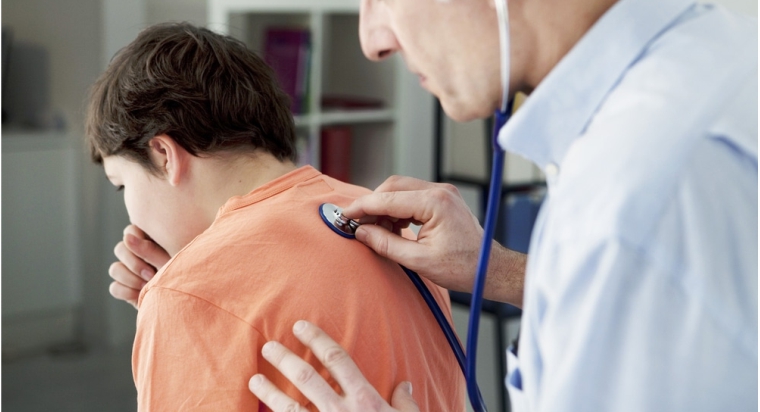Respiratory tract infections (also called RTIs) are infections of parts of the body involved in breathing. More often than not, RTIs get better without treatment. However, you may need to see a lung doctor specialist in some cases.
Types of Respiratory Tract Infections
There are 2 types of RTIs: Upper Respiratory Tract Infection (URI) and Lower Respiratory Tract Infection (LRI)
- Upper Respiratory tract infection (URI):
The upper respiratory tract is the airway above the vocal cords. This part of the respiratory tract includes the nose, pharynx, larynx, and sinuses.
Known infections concerning the upper respiratory tract include tonsillitis, pharyngitis, laryngitis, sinusitis, and the common cold. Symptoms of URIs include cough, sore throat, runny nose, headache, fever, and sneezing.
- Lower respiratory tract infection (LRI):
The trachea (windpipe), bronchial tubes, bronchioles, and lungs make up the lower respiratory tract. LRIs are usually more severe than URIs. Common examples of LRIs are Pneumonia and Bronchitis.
As we said earlier, most respiratory tract infections get better without treatment. But, some cases would require visiting a lung specialist. LRIs are perfect examples of these cases. How, then, do you know if your respiratory tract is infected? Below are 7 critical symptoms.
7 critical symptoms of Respiratory tract infection
- Shortness of breath:
Shortness of breath, which can also be referred to as dyspnea, is a feeling of not being able to breathe in enough air without discomfort. This feeling is often unpleasant and causes a lot of discomforts.
- Fever:
This is a condition where the body temperature exceeds the normal range of temperature of the human body. This abnormal heat causes lots of muscles in the body to contract, and that causes the feeling of chills.
- Fatigue:
General weakness is also a symptom you should not overlook. It happens because the body and muscles aren’t getting enough oxygen. A fatigued person would normally experience muscle pain, joint pain, unrefreshing sleep, et cetera.
- Wheezing:
Wheezing is the production of a continuous whistling sound while breathing. This occurs mostly due to the narrowing of some parts of the airway. An example of this narrowing occurs during an asthma attack.
- Chest Pain:
This is pain or discomfort in the chest region. It is usually caused by excessive coughing and breathing deeply.
- Coughing:
Another common symptom of LRI is coughing, especially with the production of phlegm (viscous mucous). Bronchitis and Asthma are known to cause excessive production of mucus.
- Rapid breathing:
Due to contraction, the airways become smaller. But, when the respiratory tract is infected, there’d be difficulty breathing properly and this would cause rapid breathing.
Experiencing these symptoms calls for urgent action, and the most reliable thing to do is to see a Pulmonologist (doctor for lungs) for proper diagnosis. How are Respiratory Tract Infections diagnosed?
Diagnosis of Respiratory Tract Infections (RTIs)
Doctors would normally diagnose LRIs after examination of the patient by listening to the patient’s breathing using a stethoscope and asking questions about the patient’s symptoms. He may also order tests to ascertain the problem. Tests which may be carried out include:
- X-rays of the chest region to check for pneumonia
- Checking the amount of oxygen in the blood with a procedure called Pulse Oximetry.
- Taking samples of mucus produced to check for bacteria and viruses.
Treatment
In some cases, over-the-counter medications and plenty of rest is sufficient treatment for RTIs. In other cases, a doctor might add extra prescriptions like antibiotics to expel bacteria and inhalers for breathing difficulties like asthma.
Some cases might even require admission into the hospital, breathing support, and/or IV fluids. The treatment pattern is determined by the condition’s intensity and the doctor’s discretion.
Respiratory tract infections may be largely non-life-threatening, but they can be fatal if they reach a critical situation. You can contact us here to get answers to questions that you might have, or for more information on respiratory tract infections.



 Translate
Translate

